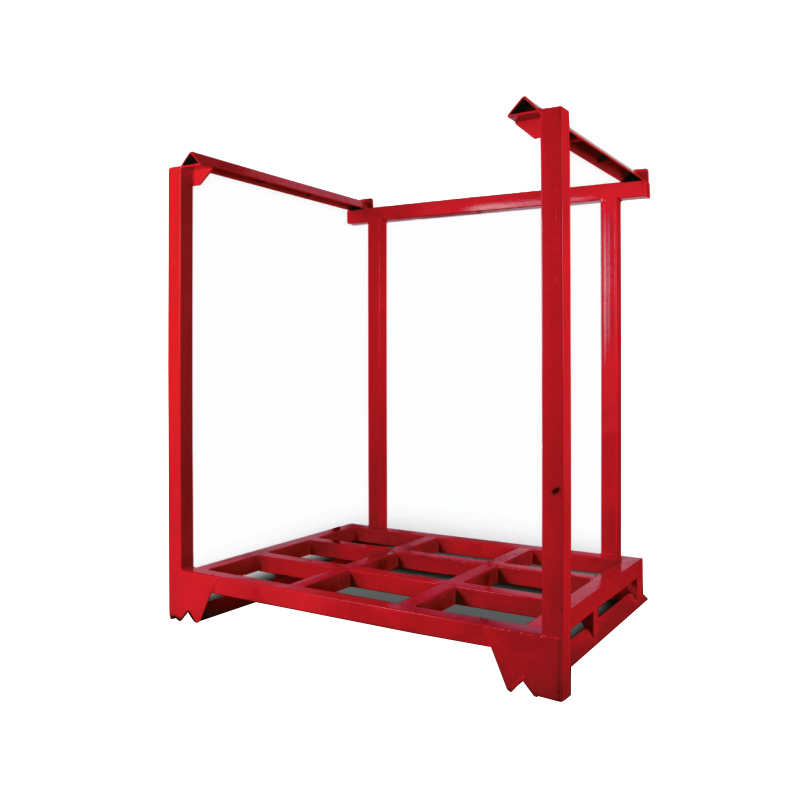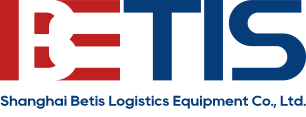In today’s rapidly evolving warehousing landscape, efficiency and precision are no longer just goals—they're expectations. Unified specifications in Metal Stacking Racks play a surprisingly central role in this shift, especially as more operations adopt digital warehouse management systems (WMS). Standardized rack dimensions and structural formats may seem like a basic detail, but in practice, they provide a foundational advantage for consistent inventory control, streamlined logistics, and automation compatibility.
When every rack conforms to the same height, width, and guideway placement, digital systems can be calibrated with far greater confidence. Barcode placement, weight distribution, and storage alignment are all predictable, reducing the chance of errors during scanning or pallet handling. This consistency becomes especially valuable in facilities using automated storage and retrieval systems (ASRS), where even minor dimensional variances can disrupt workflows. With metal stacking racks designed to unified specs, robotics and human teams alike operate on the same assumptions—speeding up tasks and minimizing misplacements.
Beyond automation, uniform rack sizing makes it significantly easier to conduct inventory counts and audits. When space is filled with identically shaped containers, visual checks become faster, and digital systems can match volume-to-capacity metrics more accurately. This also aids in forecasting and planning. If a manager knows that each stacking rack in a zone holds a fixed volume or weight of goods, they can immediately identify anomalies or underutilized space, which directly contributes to more efficient stock rotation and storage planning.
The long-term benefits ripple outward. Maintenance schedules, replacement planning, and training processes are simplified when all racks follow the same specification. Staff members become familiar with a single standard of load limits, stacking procedures, and safety protocols. This reduces human error, a leading cause of damage and downtime in high-throughput environments. At the same time, having a consistent stacking rack format helps new team members get up to speed quickly, especially in multi-shift or multilingual workforces.

From a supply chain perspective, standardized metal stacking racks bring clarity to inter-facility movement. When goods are transferred between warehouses, the racks themselves don’t need to be repacked or modified. Partnering logistics centers benefit from the same stacking and storage assumptions, reducing loading time and space waste during transit. This is particularly valuable for businesses operating in multiple regions or dealing with seasonal fluctuations that require dynamic warehousing strategies.
As a manufacturer with years of experience supporting warehouse modernization, we’ve seen firsthand how a uniform approach to stacking rack design lays the groundwork for scalable operations. Companies that once struggled with mismatched storage systems often report measurable gains in inventory accuracy after transitioning to unified metal rack models. This isn’t just about steel and welds—it’s about building storage solutions that think ahead, ready to integrate with modern data-driven operations.
If you’re looking to bring more predictability, control, and digital readiness to your warehouse, investing in well-designed metal stacking racks with consistent specifications is a smart step. It’s not just storage—it’s a smarter foundation for your entire inventory system.
